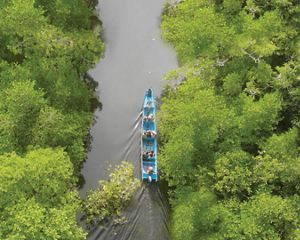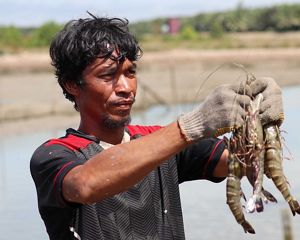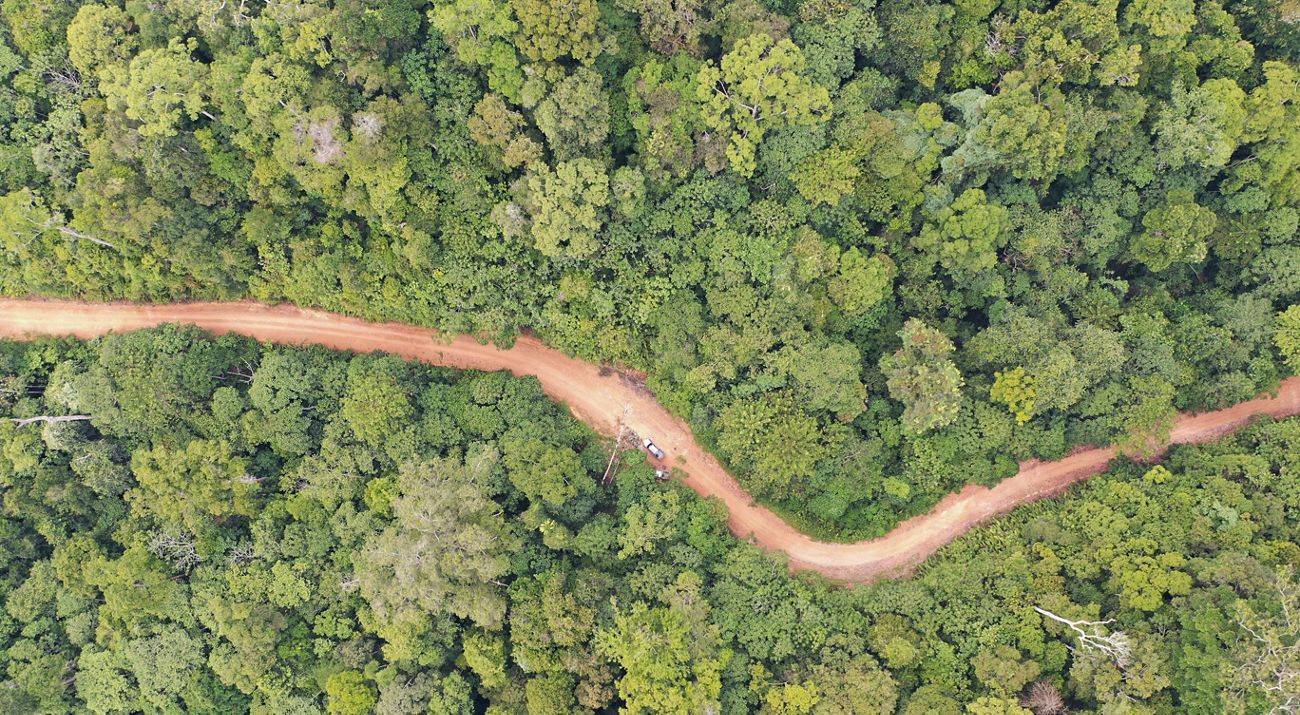
This story is part of Matt Miller's series; Stories from the Kalimantan Forest (link) and Encounters with Orangutans in Kutai National Park (link), which chronicle his journey with YKAN and its partners, TNC and Arhaus, in January 2025, deep in the forests of East Kalimantan.
Read: Individual Donor Partner Meeting with Mama Almina
It turns out there is still a protected forest in East Kalimantan, called the Wehea Protected Forest. What is its condition? Let's take a look at the exciting story;
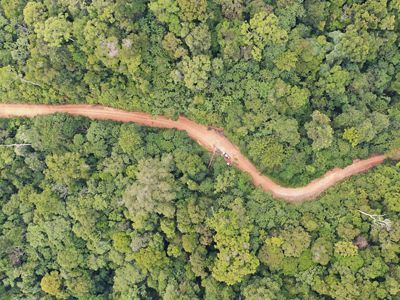
Well-managed national parks like Kutai remain vital for orangutans. But as we drive to our next stop, Ruslandi, YKAN’s terrestrial program director, tells me that nearly 80% of orangutans in Kalimantan are found outside protected areas. And many of those are found around villages.
To conserve orangutans, he notes, you need healthy forest, but just as important are partnerships with local communities. We’re now on our way to visit one such community-led conservation project.
The roads today are lined with plantations that produce the palm oil commonly found in processed foods. Many hillsides have been converted to coal mines, somehow reminiscent of my youth in Pennsylvania’s anthracite country. But Ruslandi reminds me that large, connected cores of intact habitat remain. If protected, they would be enough to ensure the orangutan’s future survival.
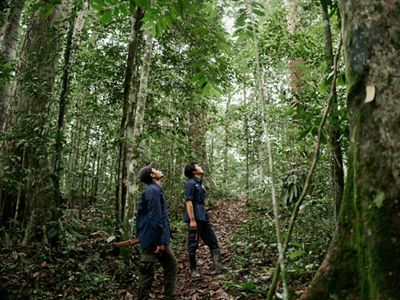
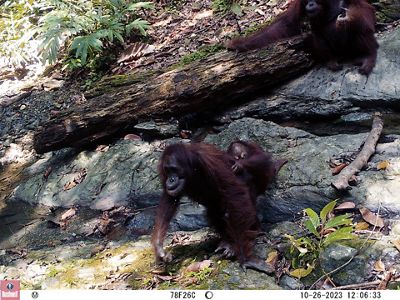
We soon come to the guard station of Nehas Liah Bing, the largest village of the Dayak Wehea community.
“The Wehea forest has one of the healthiest populations of orangutans in East Kalimantan, comparable to Kutai National Park,” says Ruslandi.
That is why YKAN supported the village in its efforts to protect 71,000 acres of Wehea forest, as well as sustainably managing 1.3 million acres of forest in a wider landscape. The organization works with the community on monitoring, research and enforcement. A key element of the forest protection is a team of forest guardians.
Our group spills out into an open meadow, and we’re each greeted by community leader Ledjie Taq and his daughter, Yuliana Wetuq, who is a leader in the forest guardians. Ledjie welcomes us to the community as brothers and sisters, performing a ritual to ensure we have a good visit.
The forest guardians leading our group through the forest today are young community members who protect the forest from poaching and illegal tree clearing. They also serve many other roles, including monitoring wildlife, participating in research and guiding visitors.
“Rangers make a huge difference,” explains Eddie Game, lead scientist and director of conservation for TNC’s Asia Pacific Region, when I return from the trip. “In a forest without rangers, you often have little areas of forest being cleared for agriculture. This adds up.”
A guardian points up into the trees: not an orangutan this time, but a sign of one. Leaves and branches have been constructed into a sort of platform high above the rainforest floor. It’s an orangutan nest. One of our guides says that the apes build these nests daily, leaving a verifiable sign of their presence.
Our hike is once again interrupted by a sudden, dramatic rainstorm. Soaked through our rain gear, we make our way through the forest back to our eco-lodge.
As I pull off boots at the lodge’s entrance, nearly every part of my leg gushes blood down to the floor. Leeches, apparently, are a fact of life in the rainforest. These little blood suckers perch on the leaves of plants, then attach to animals (including humans) as they brush by.
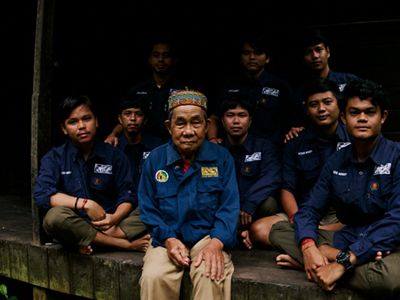
That evening, Ledjie Taq and Ruslandi pull out a laptop and show us footage from the camera traps researchers set around Wehea. The cameras reveal lots of images of orangutans along with even more elusive creatures like sun bears and clouded leopards. A camera trap set up here a couple of years ago captured an image of a Miller’s langur, a monkey species that was believed to be extinct two decades ago. The forests here were dense and remote enough to support the last few holdouts. Subsequent research efforts proved that a population of this species remains in the Wehea forest.
I wake up early in my little room to a crescendo of whooping calls outside. Nearby, gibbons are doing their morning routine of calling to one another while swinging
through the tree canopy above. Their feet never touch the ground, and it illustrates to me how so much life here depends on connected forests. When forests become too thin to allow this kind of movement—or are completely clear-cut—the primates will leave the area.



